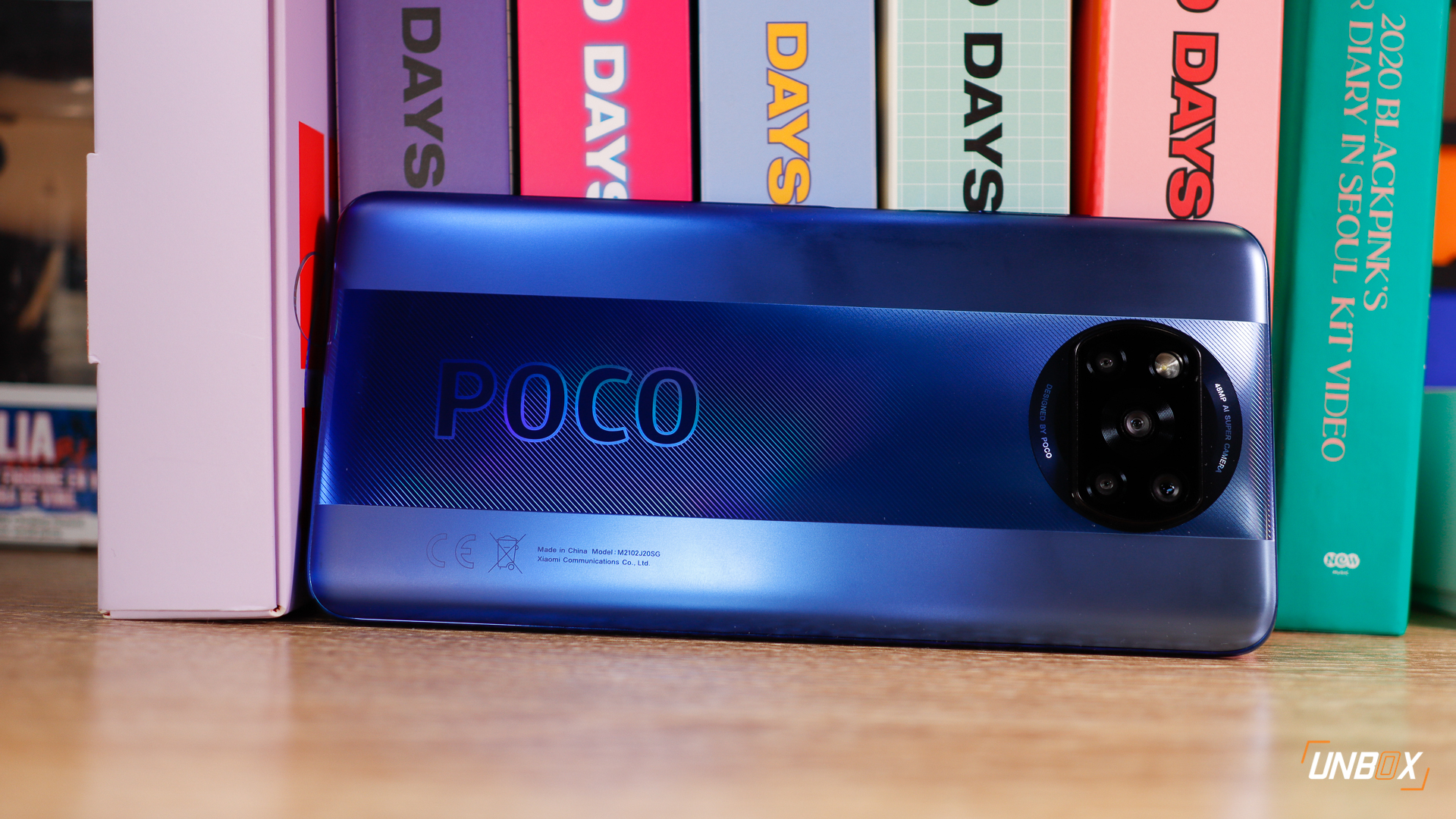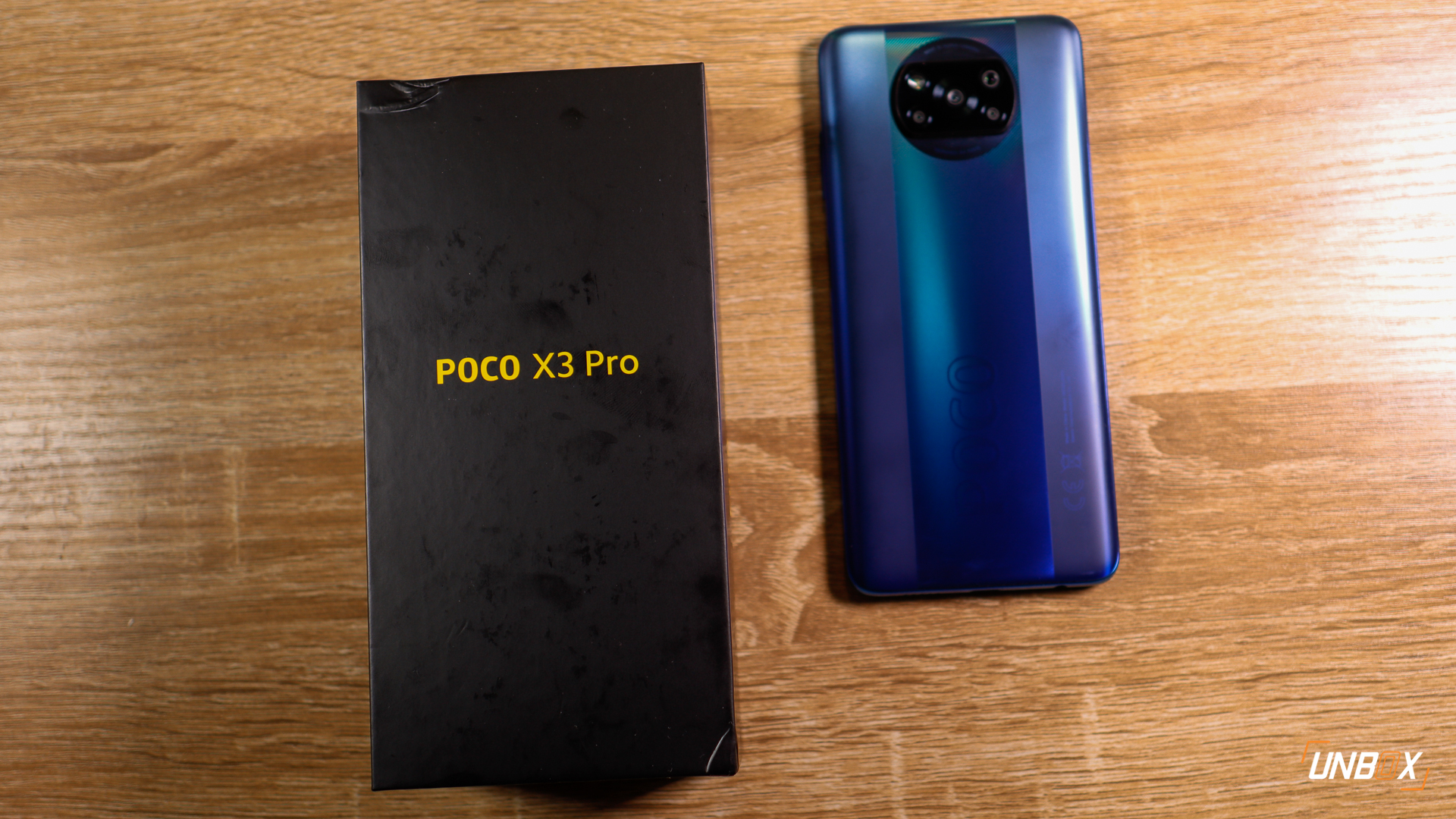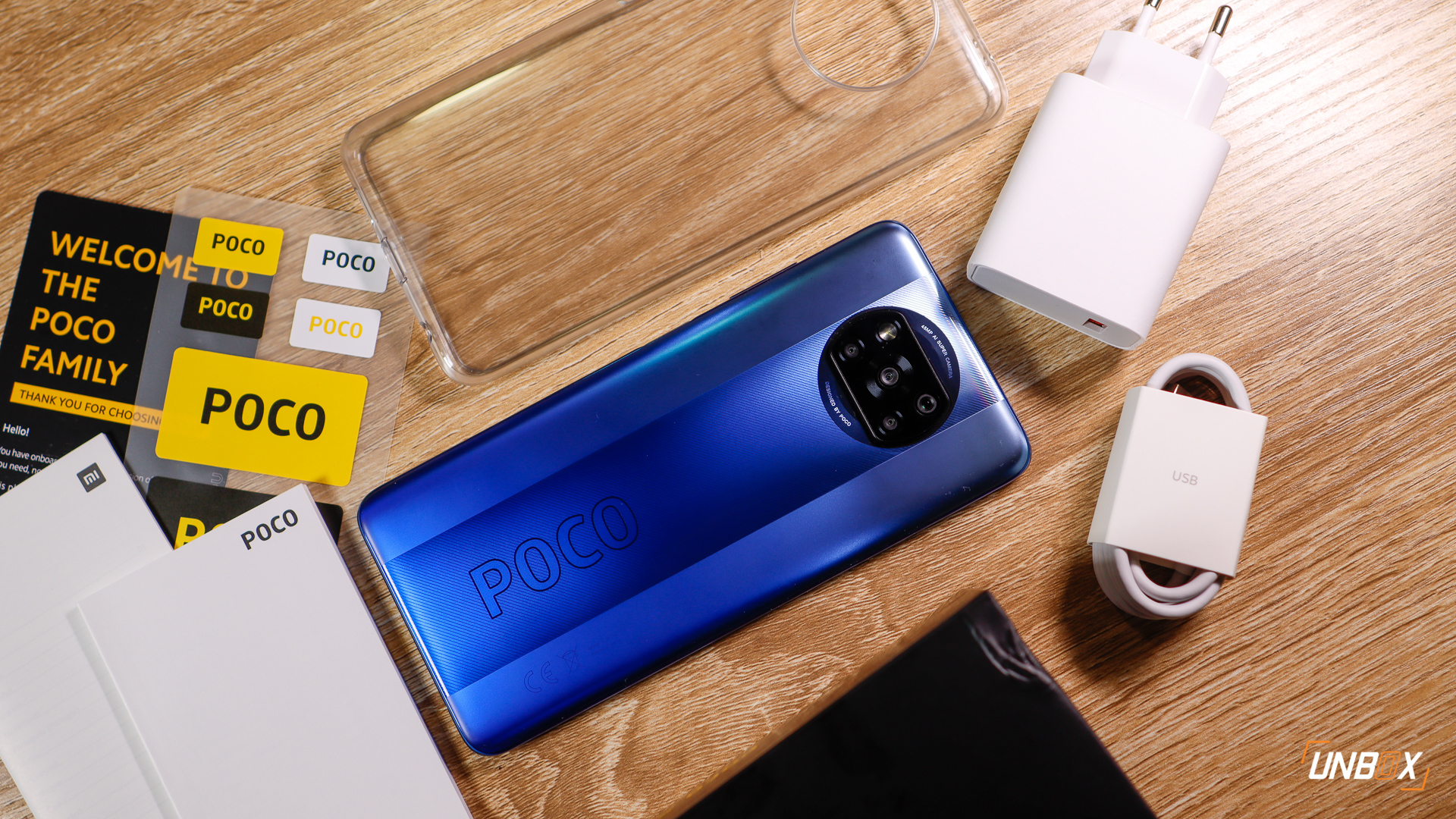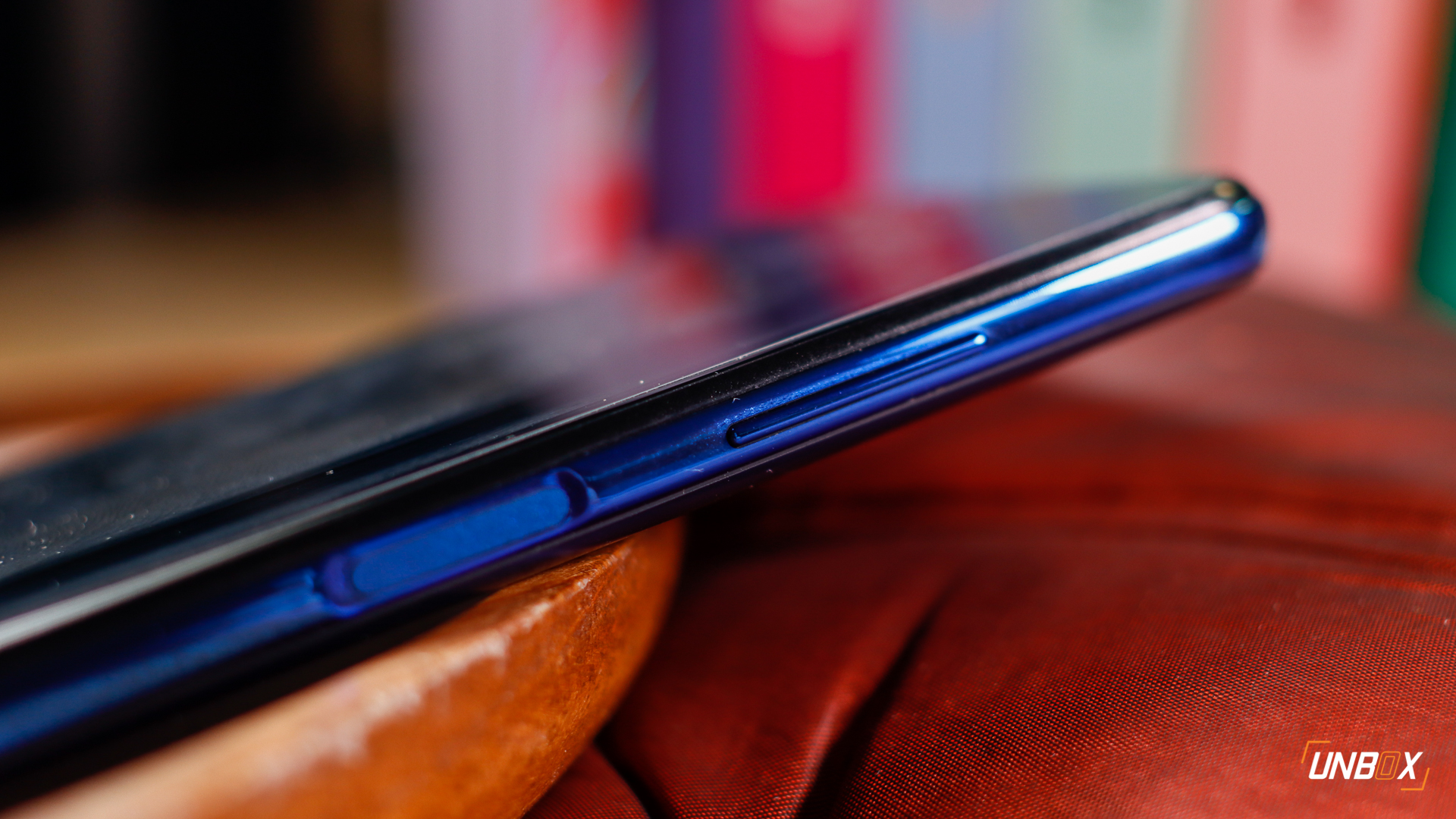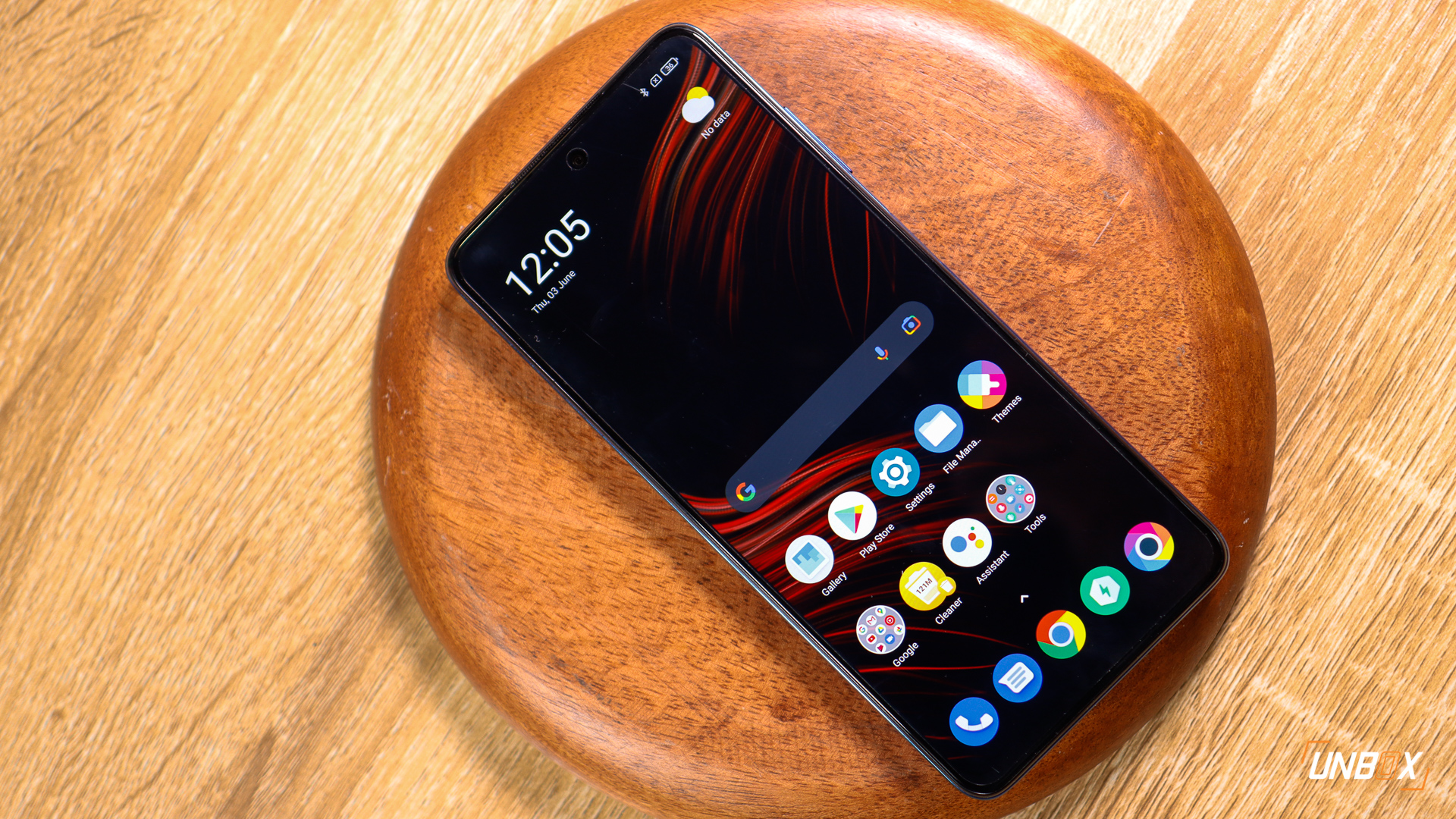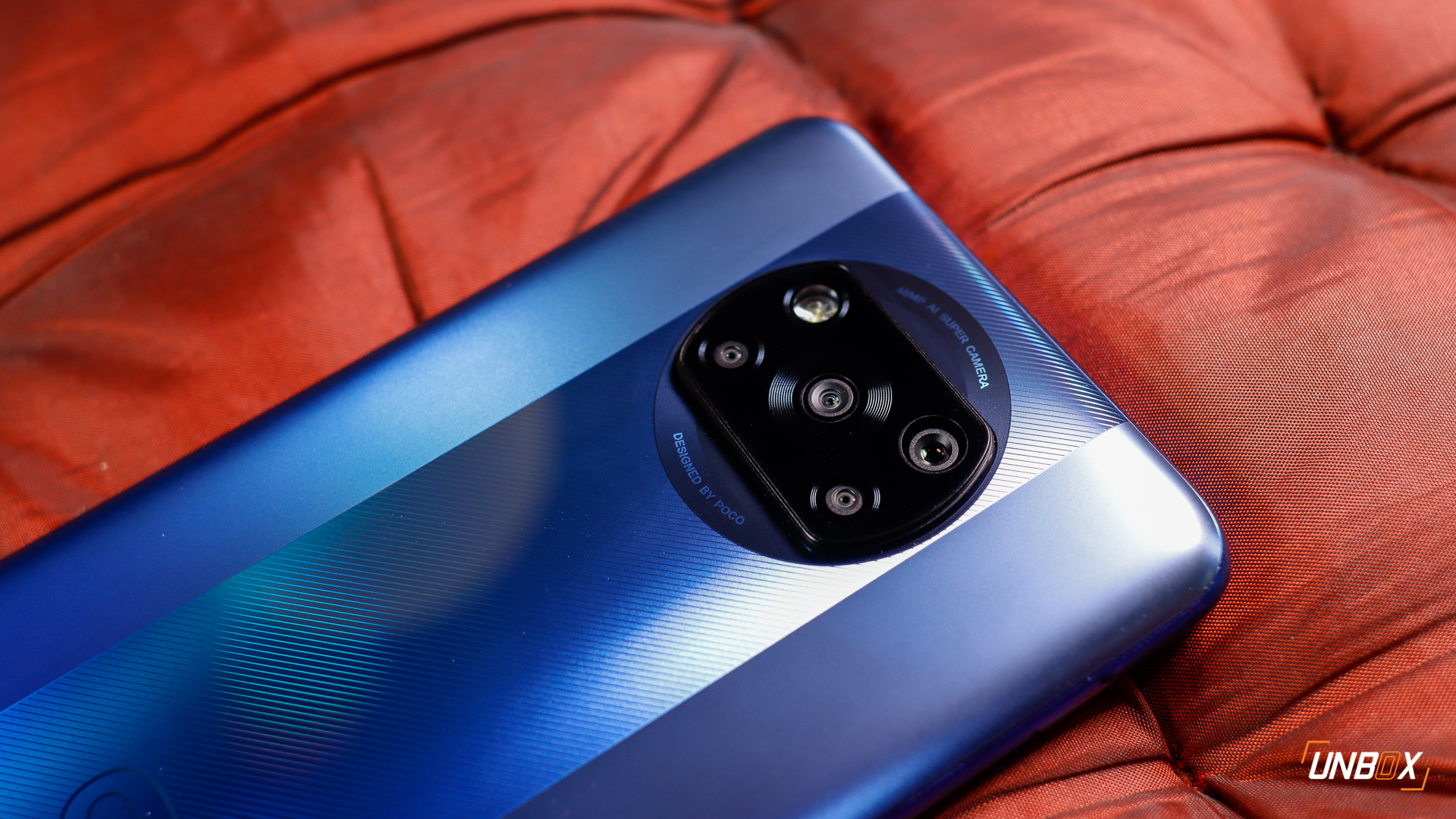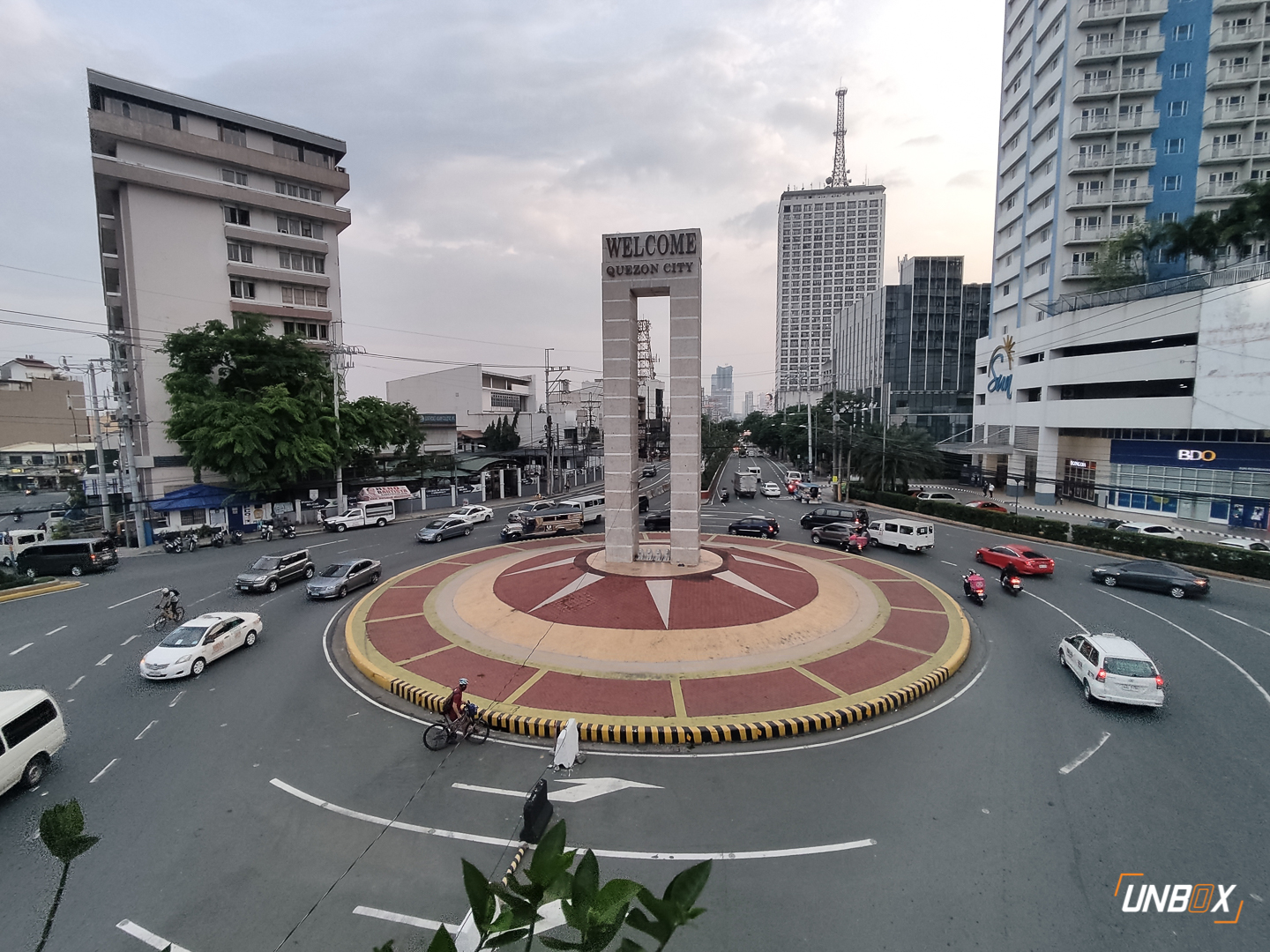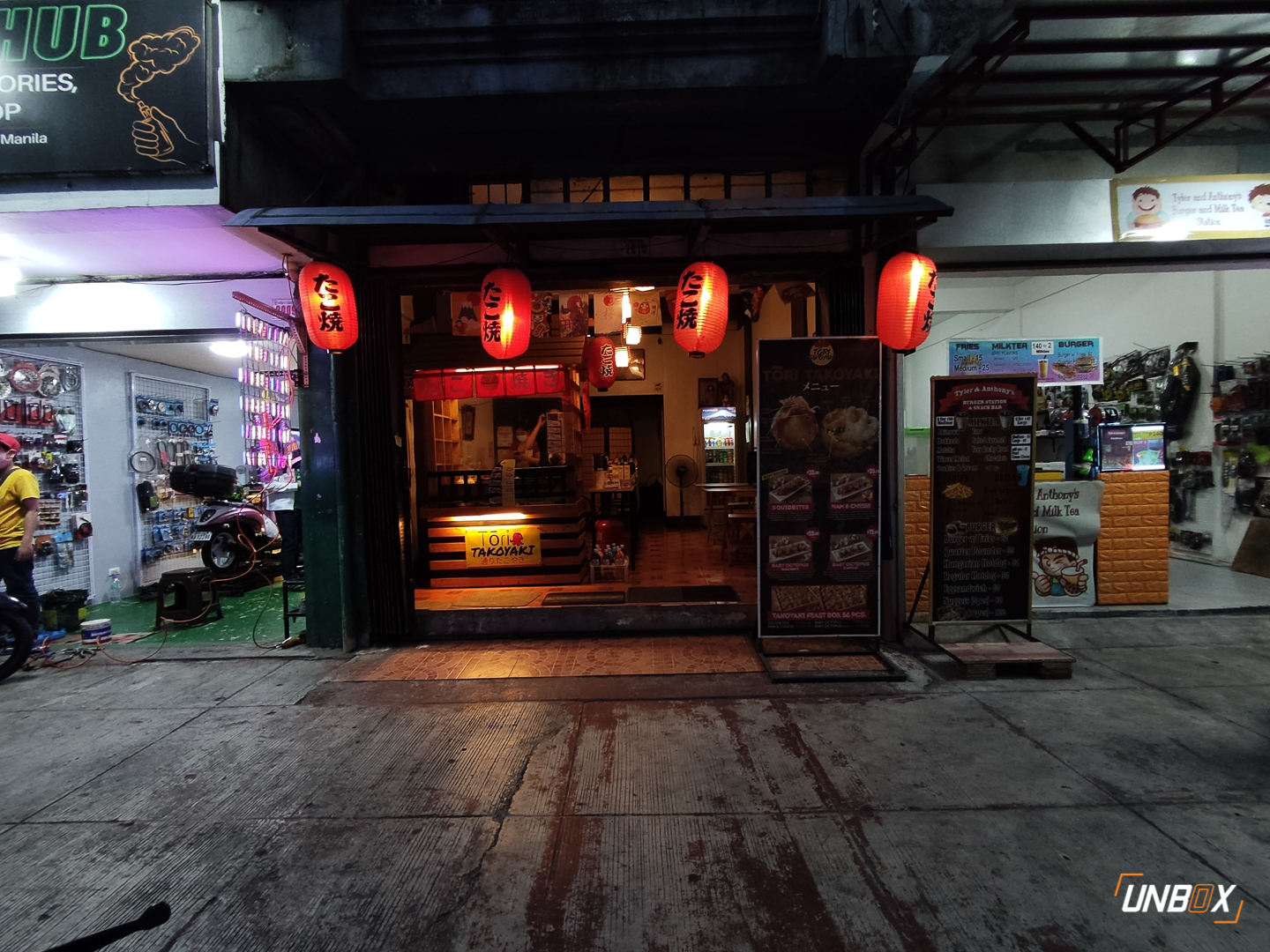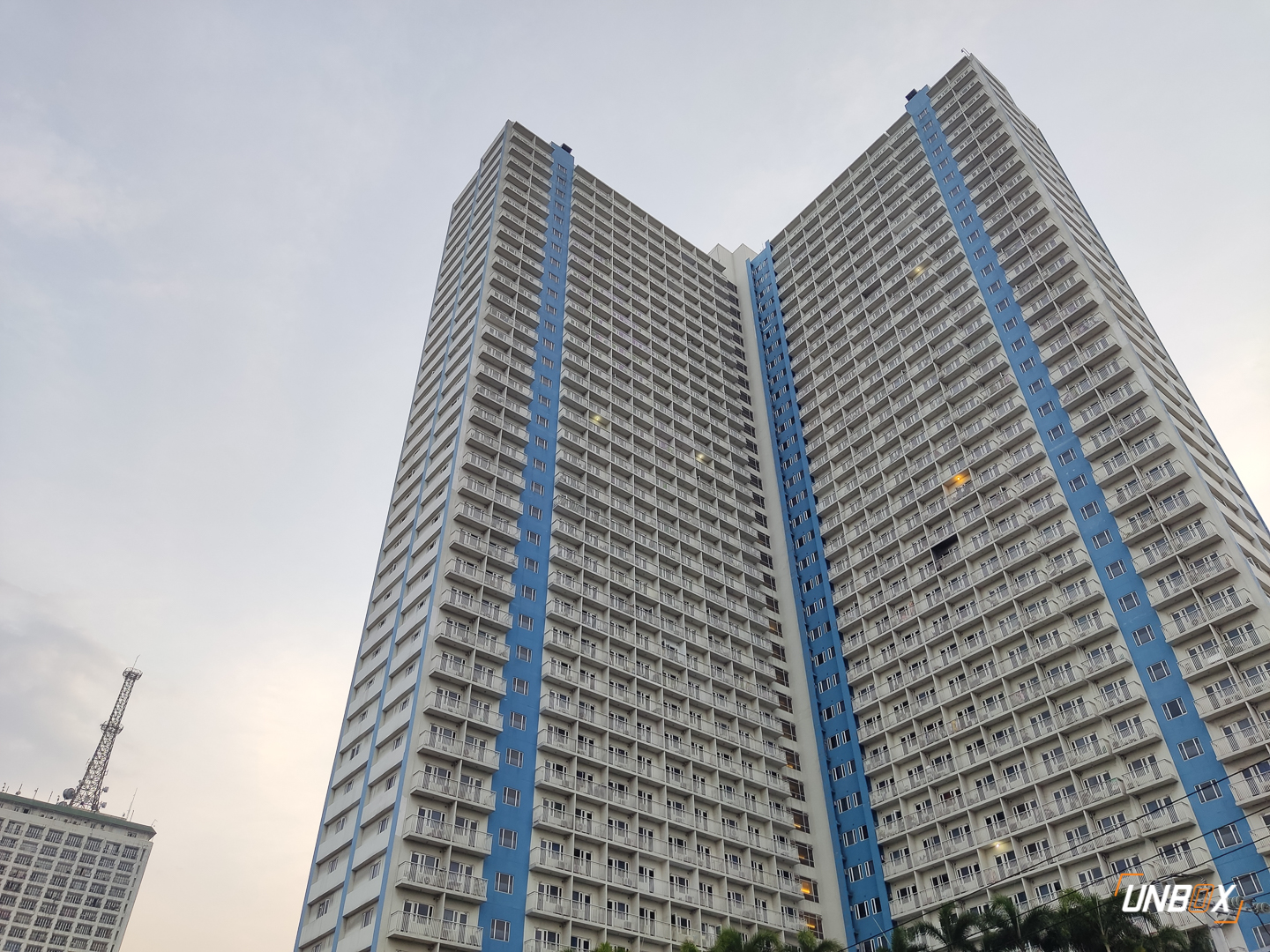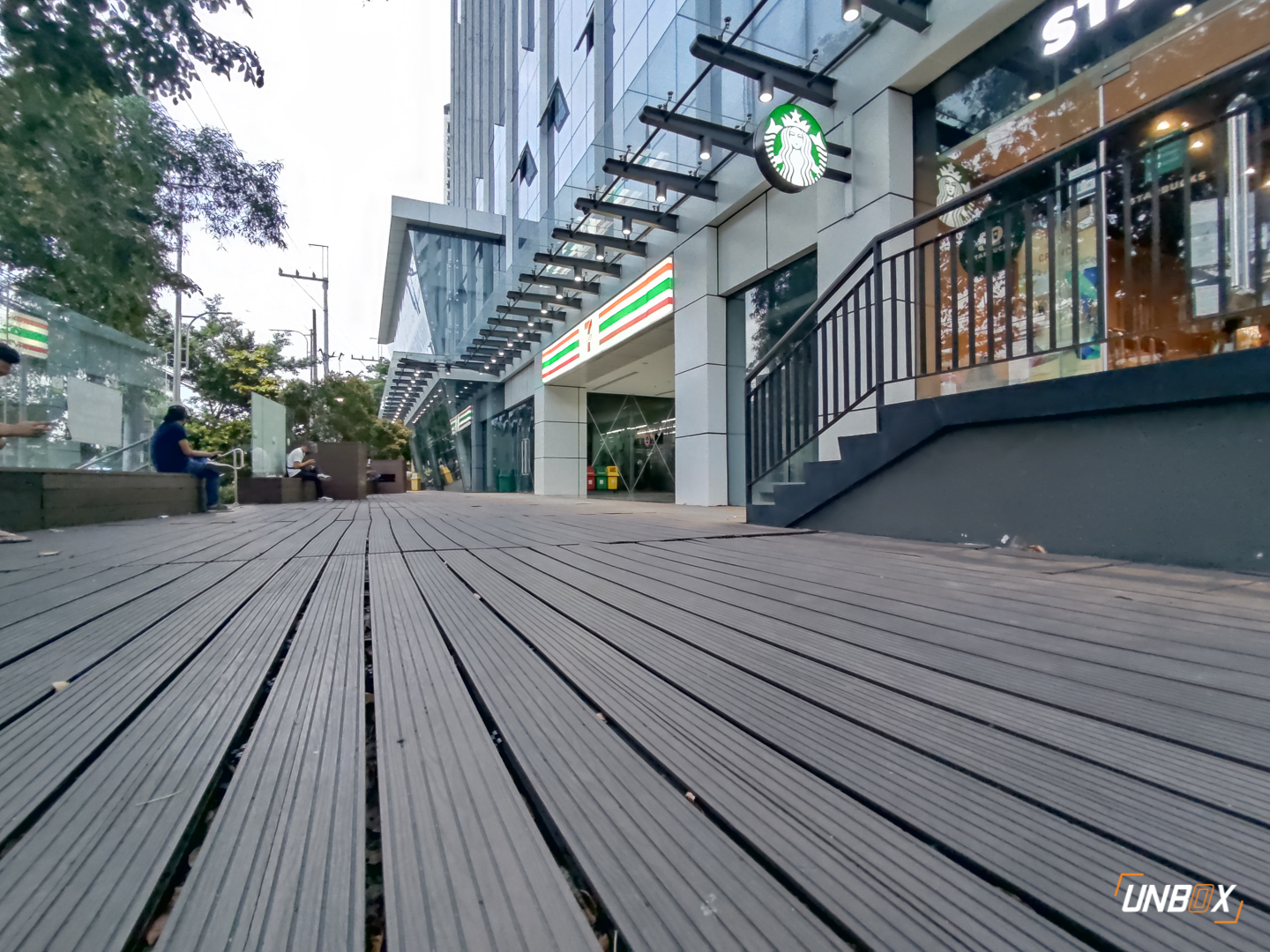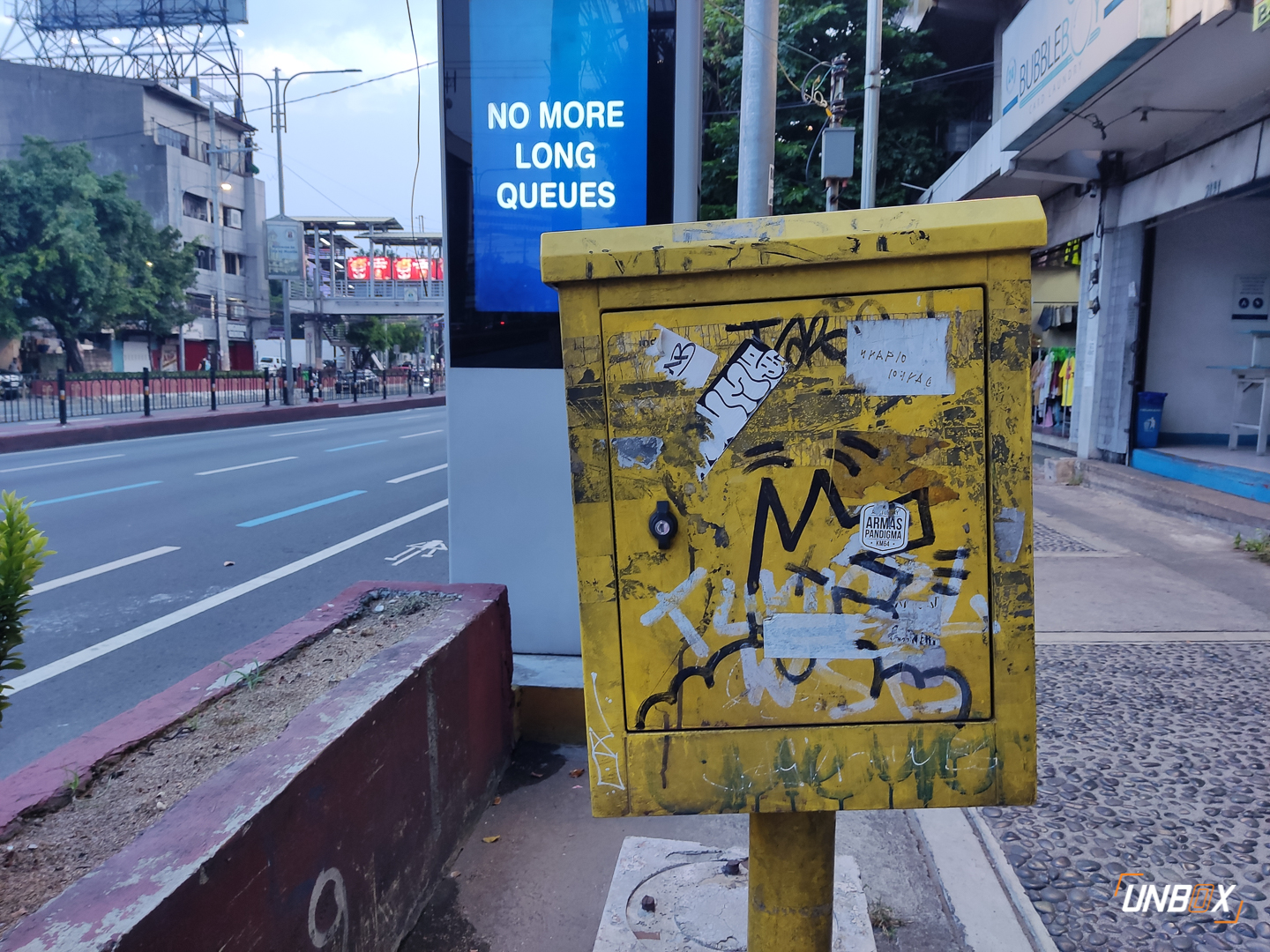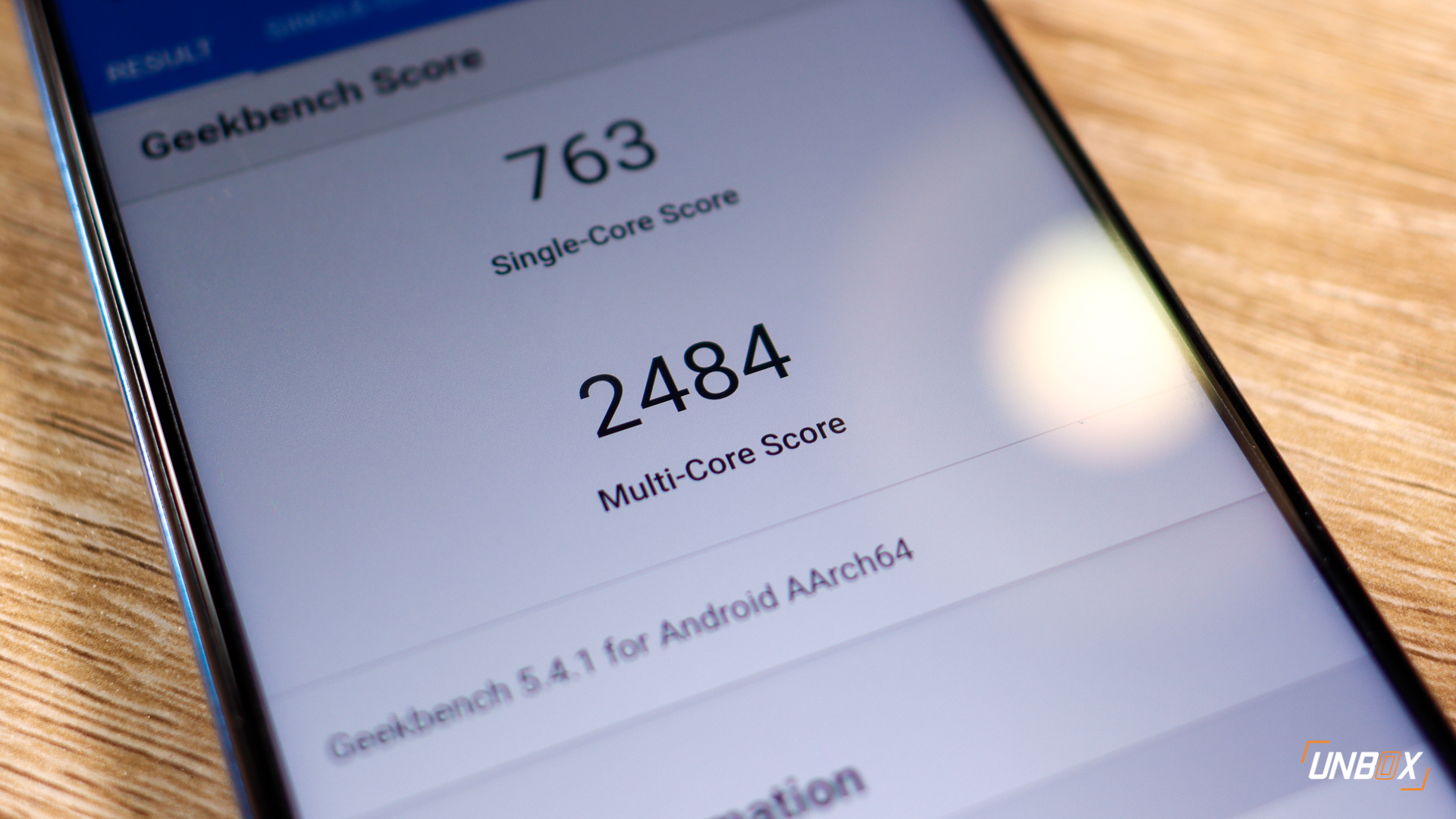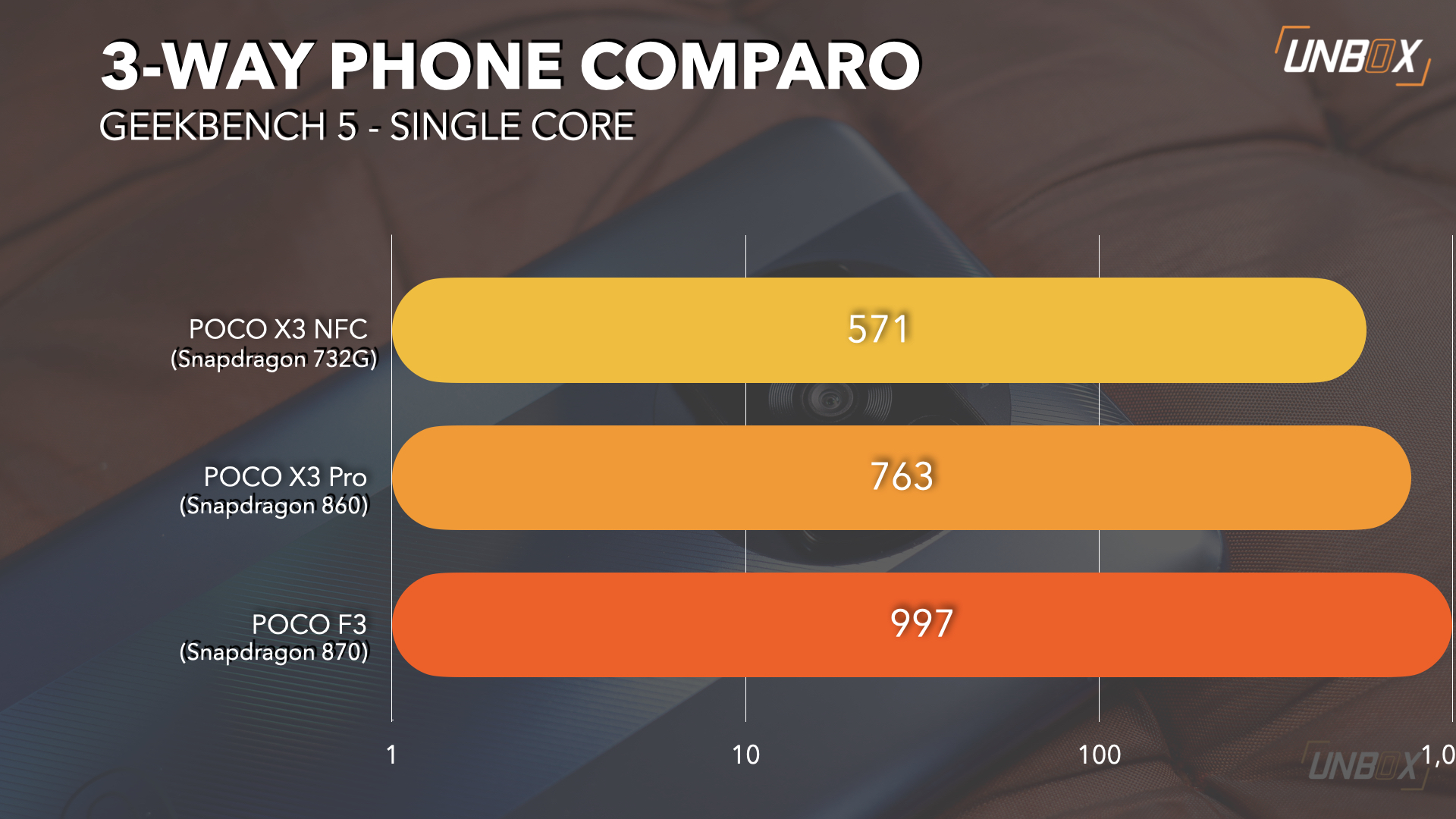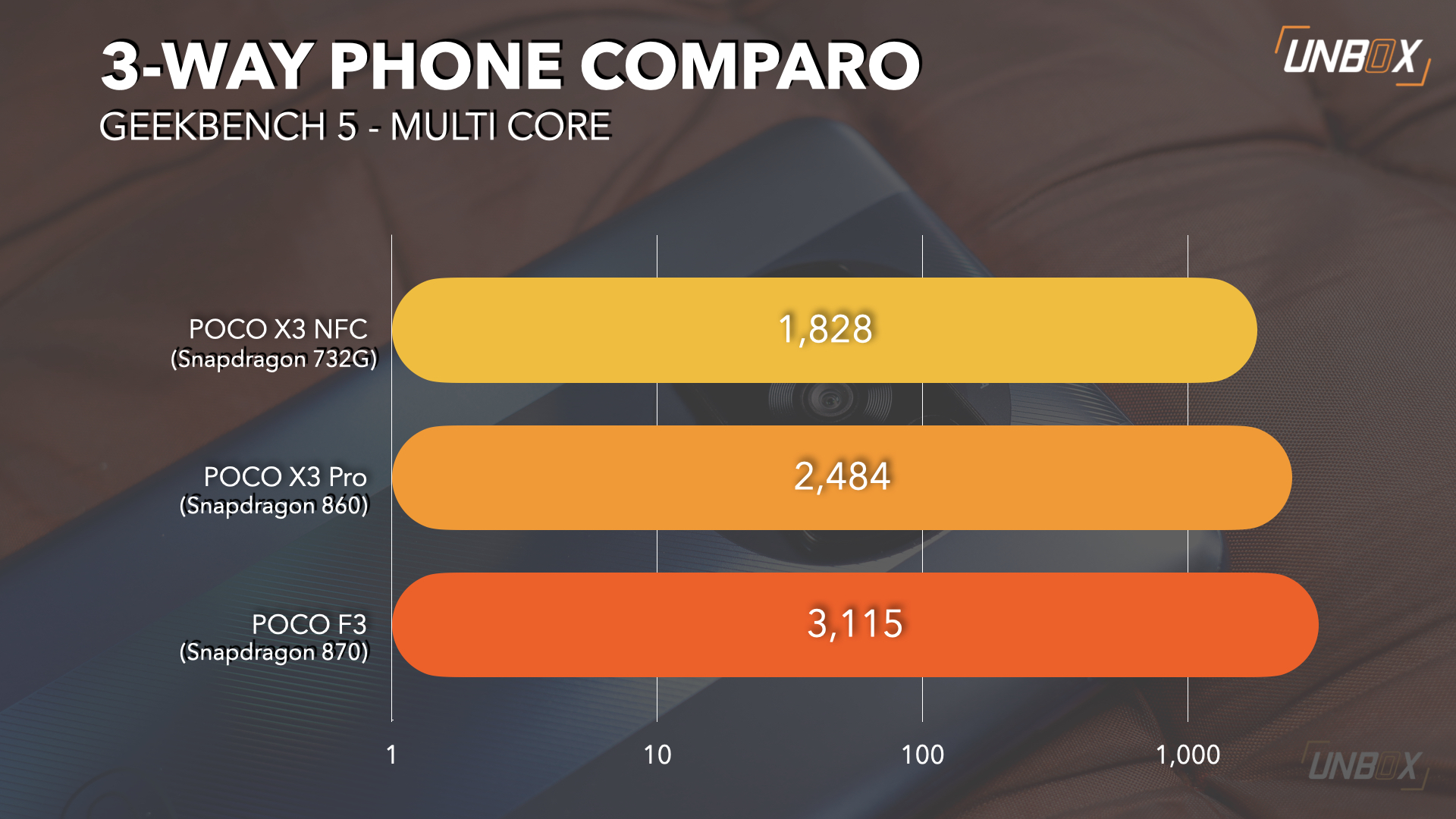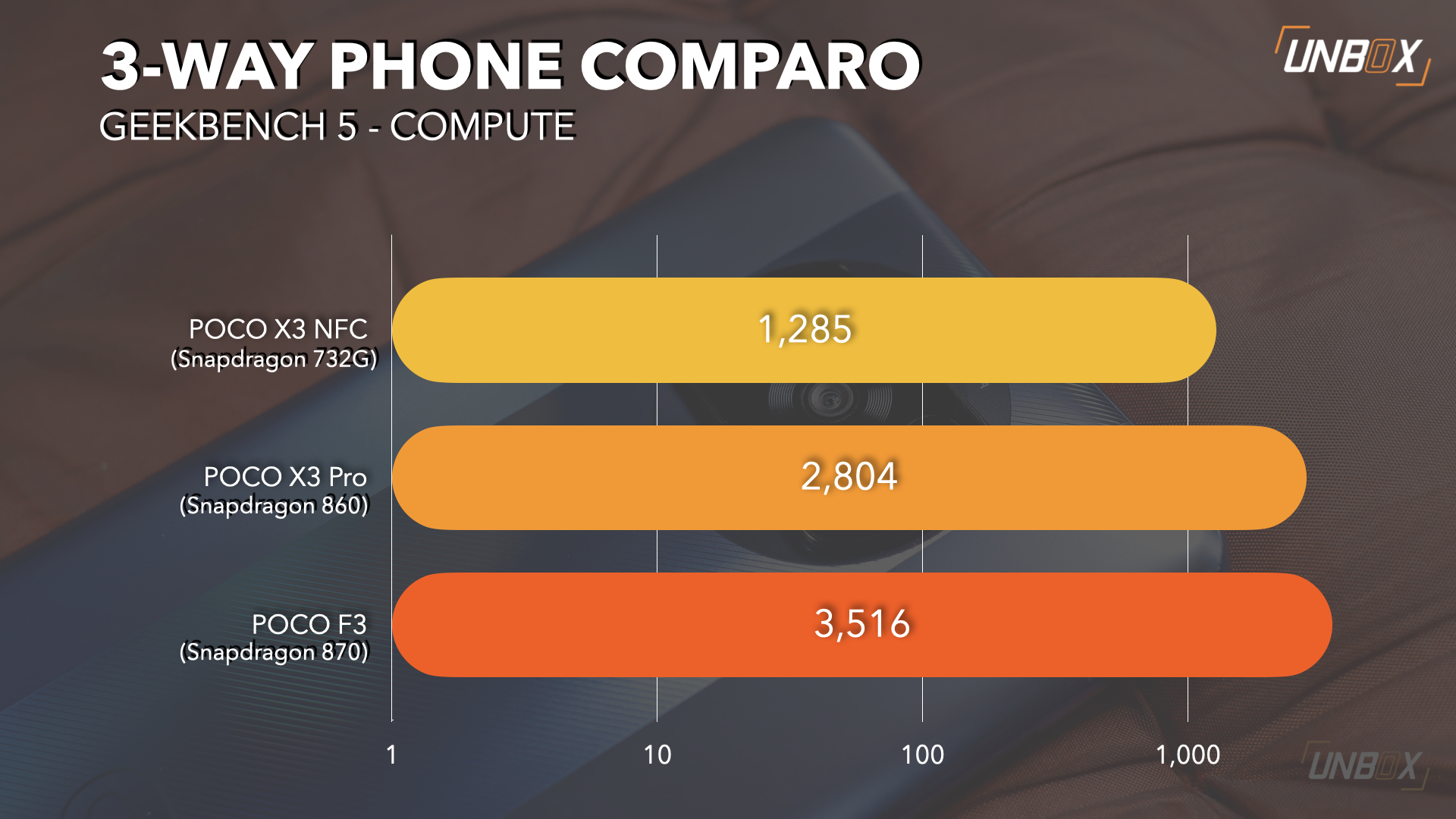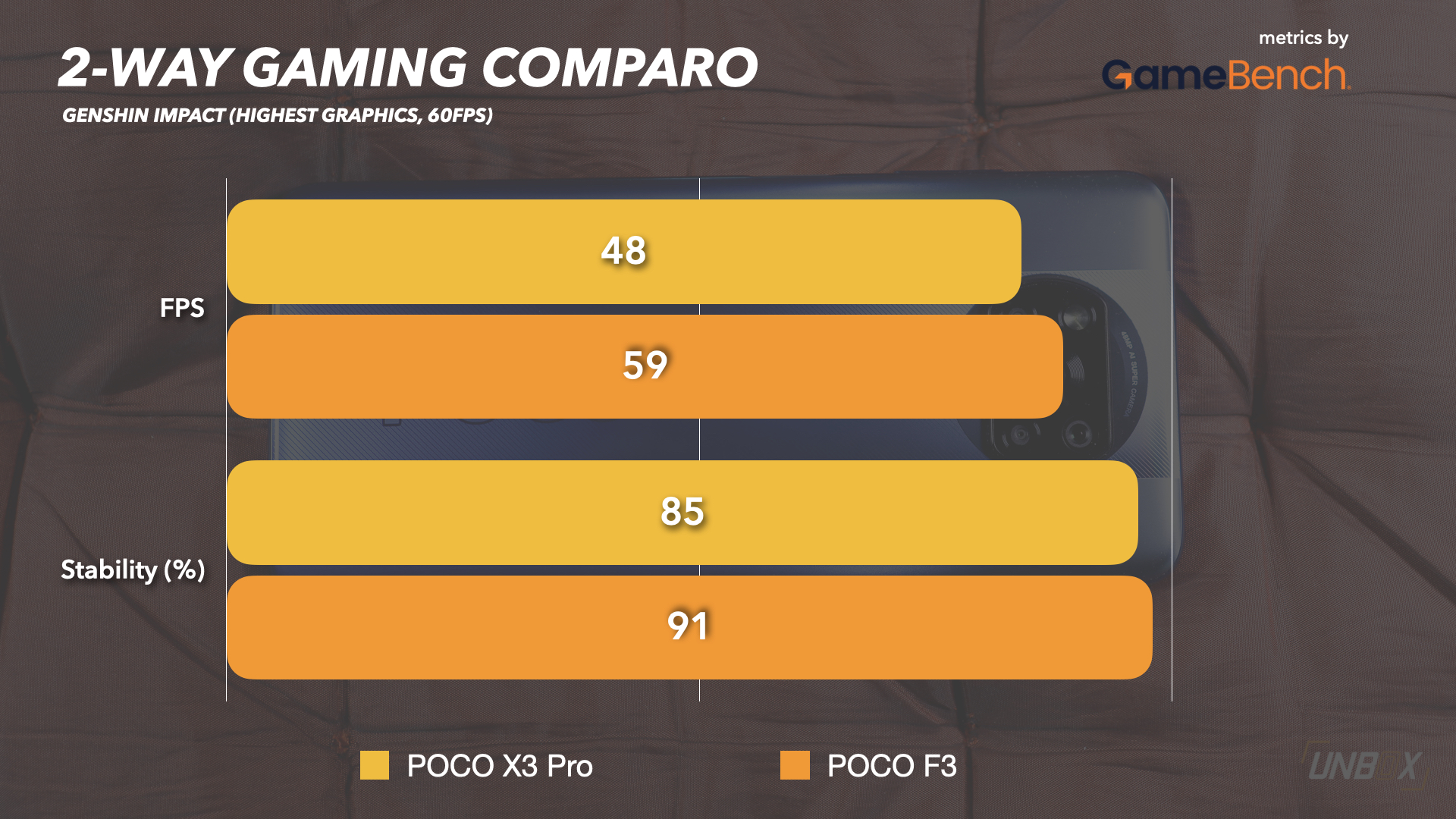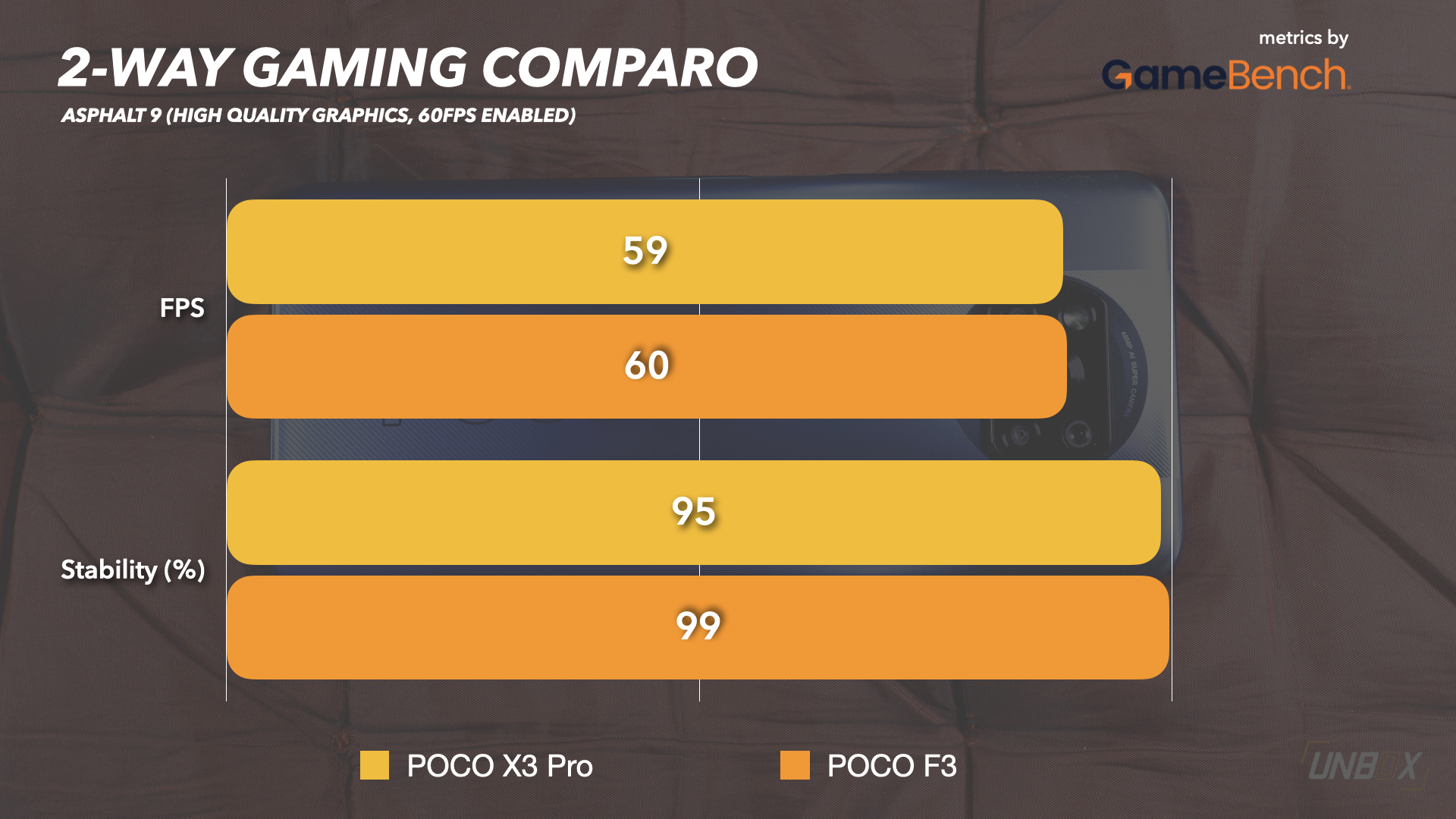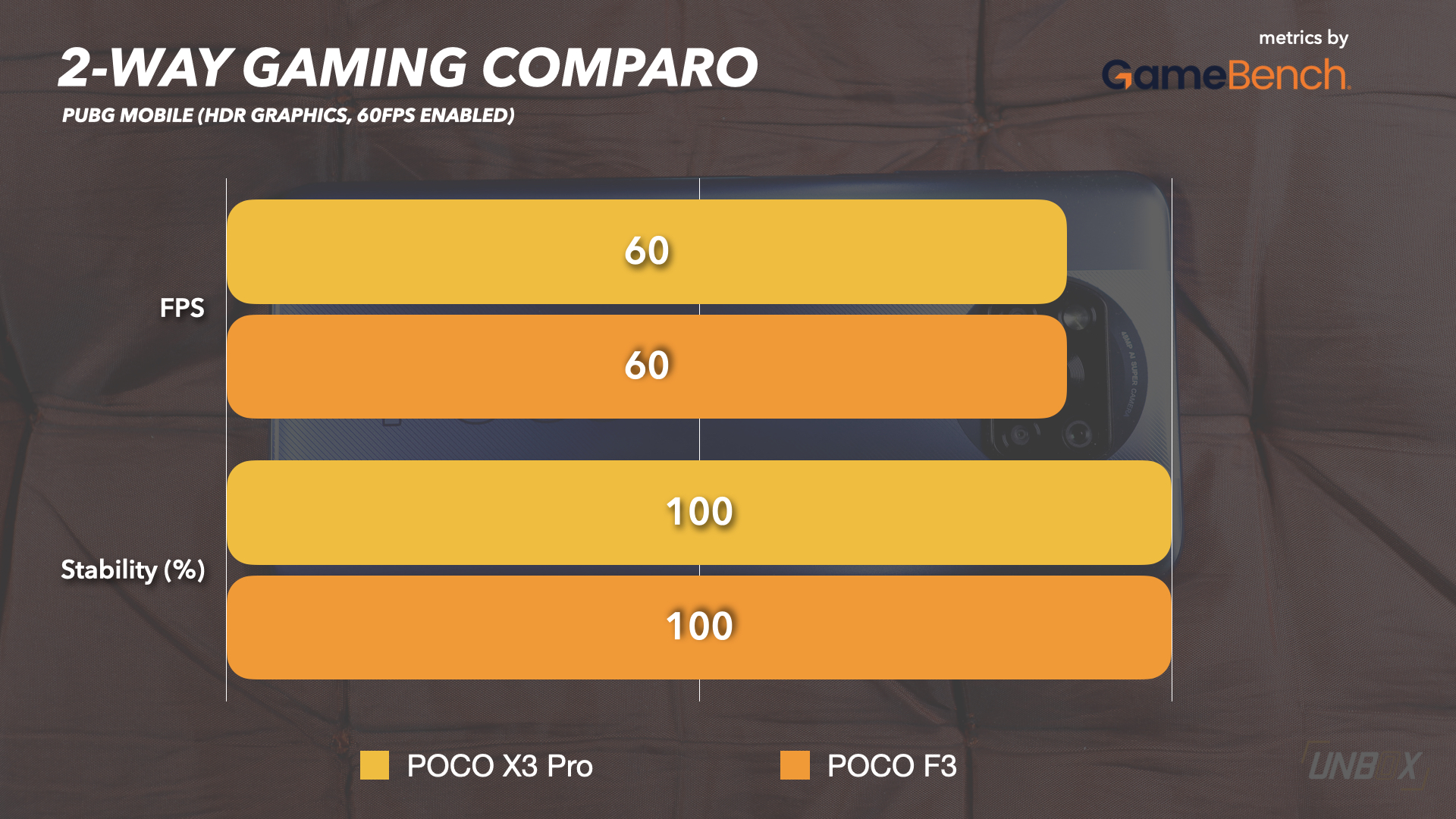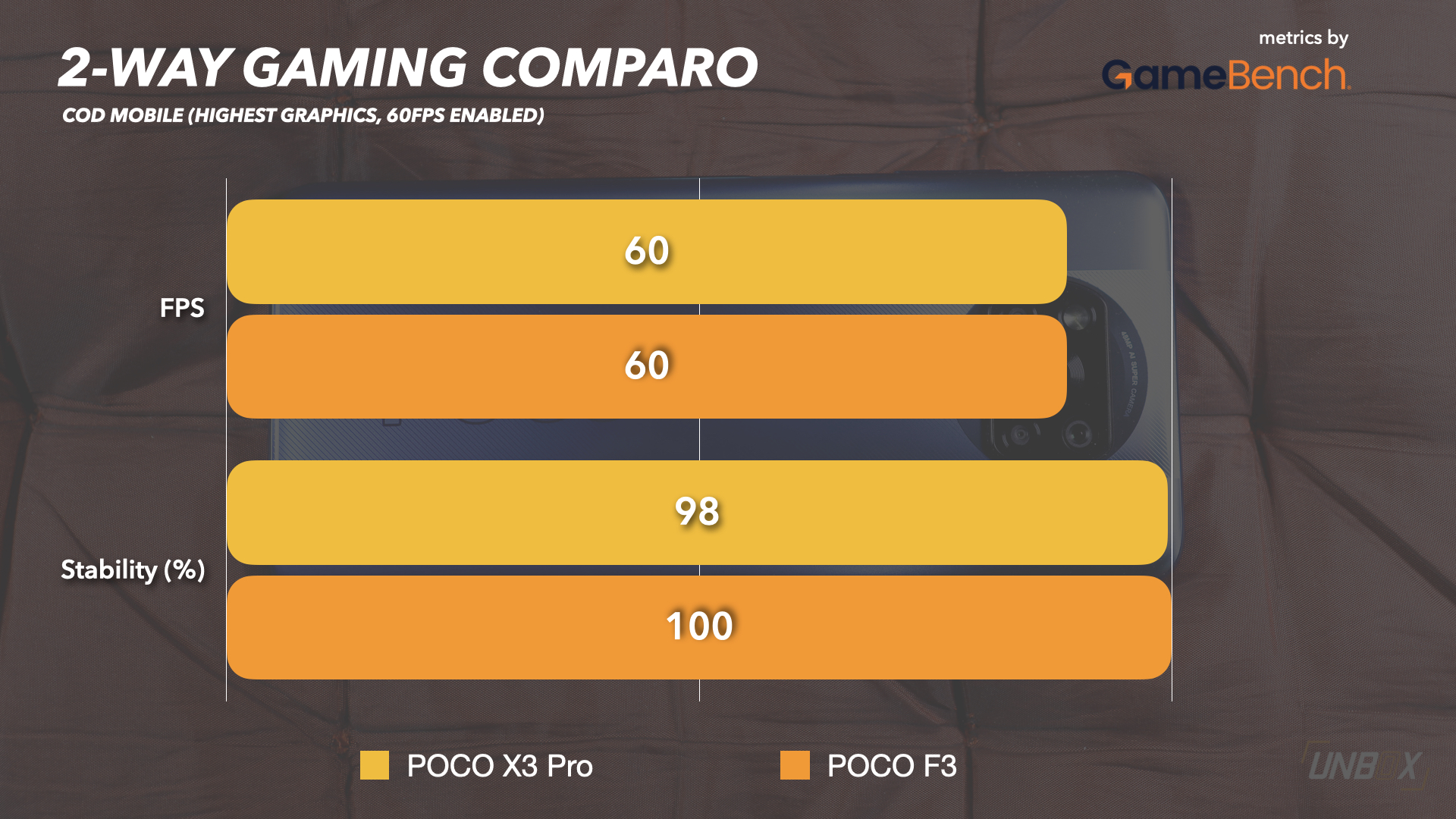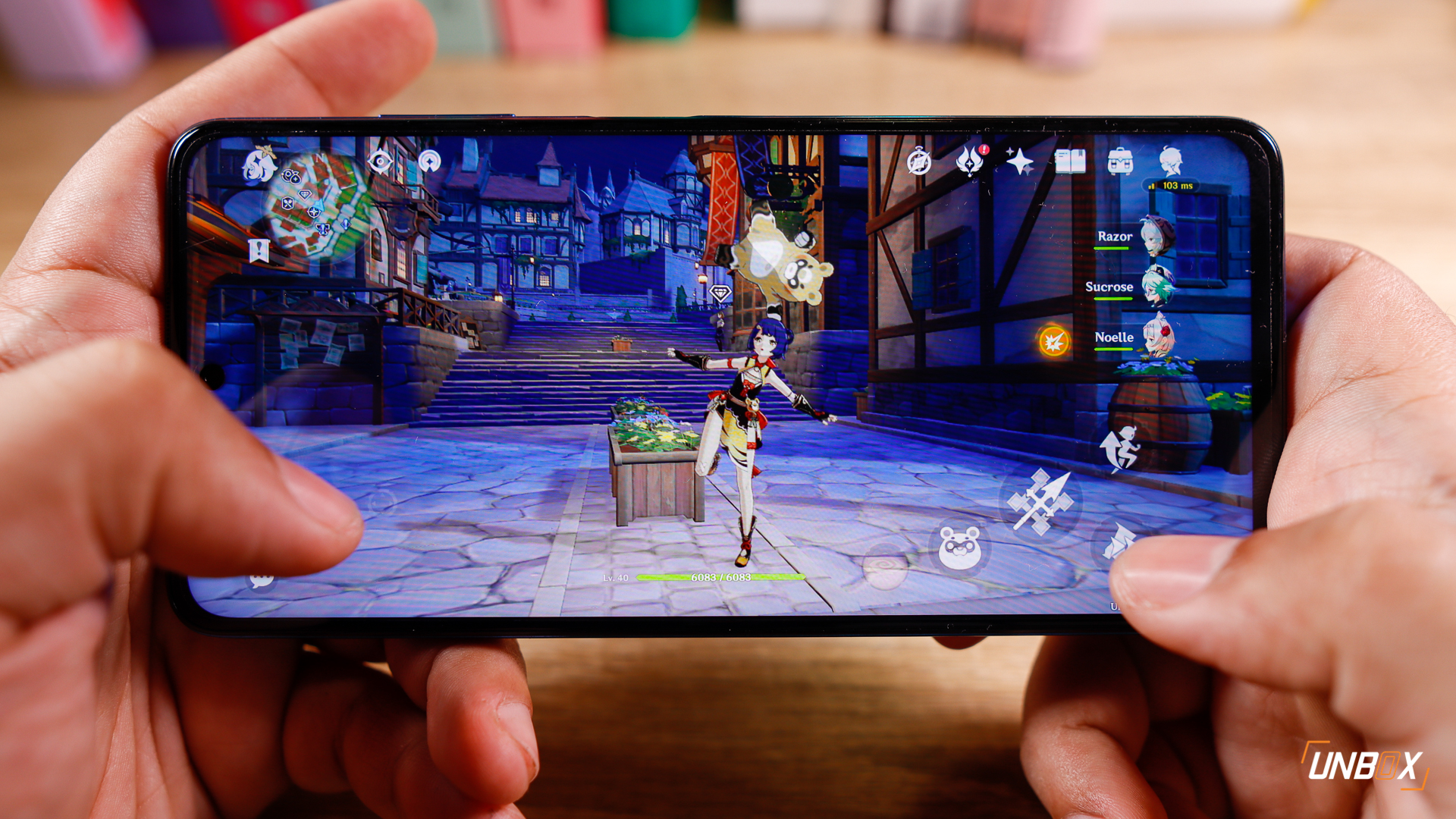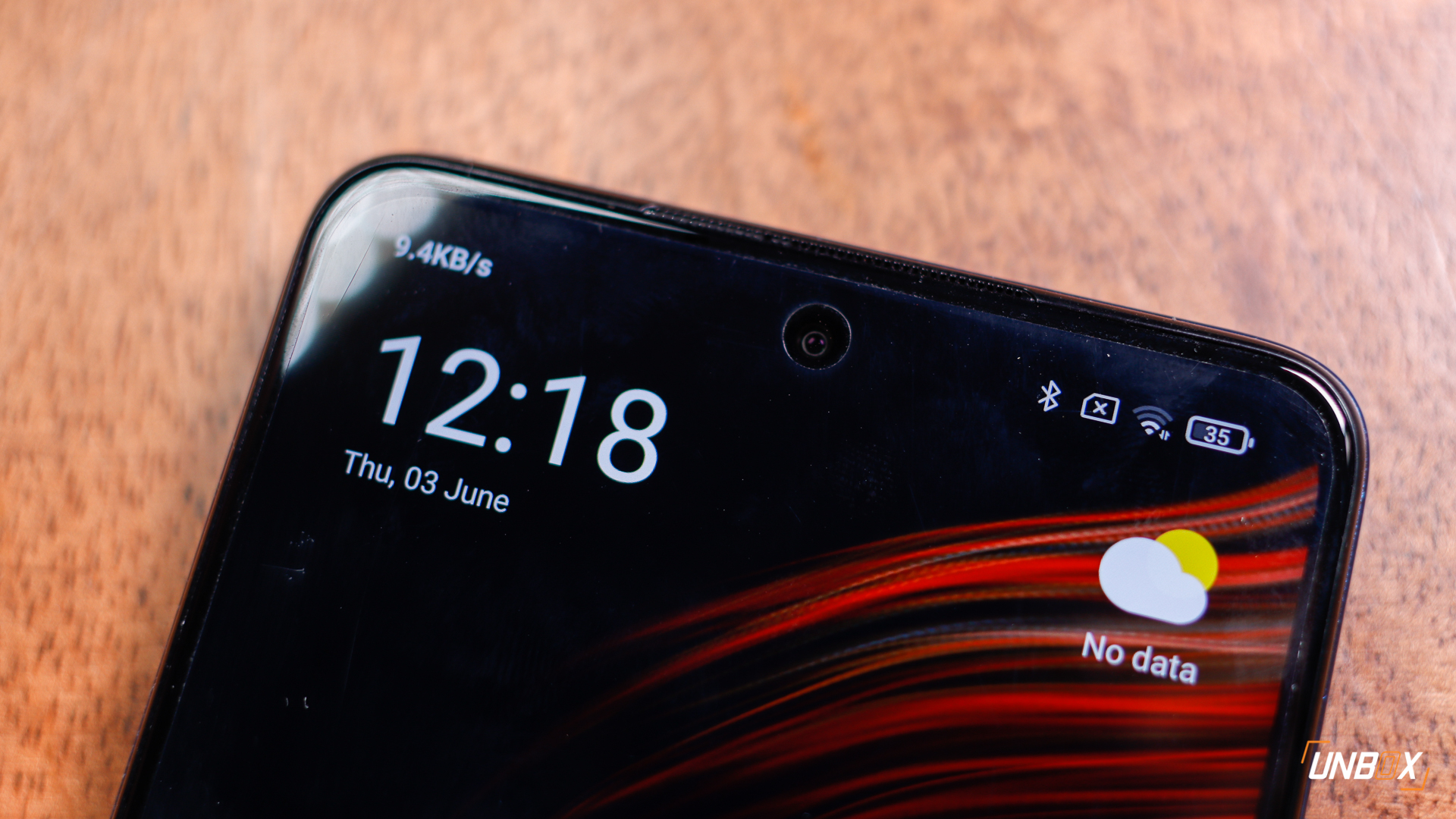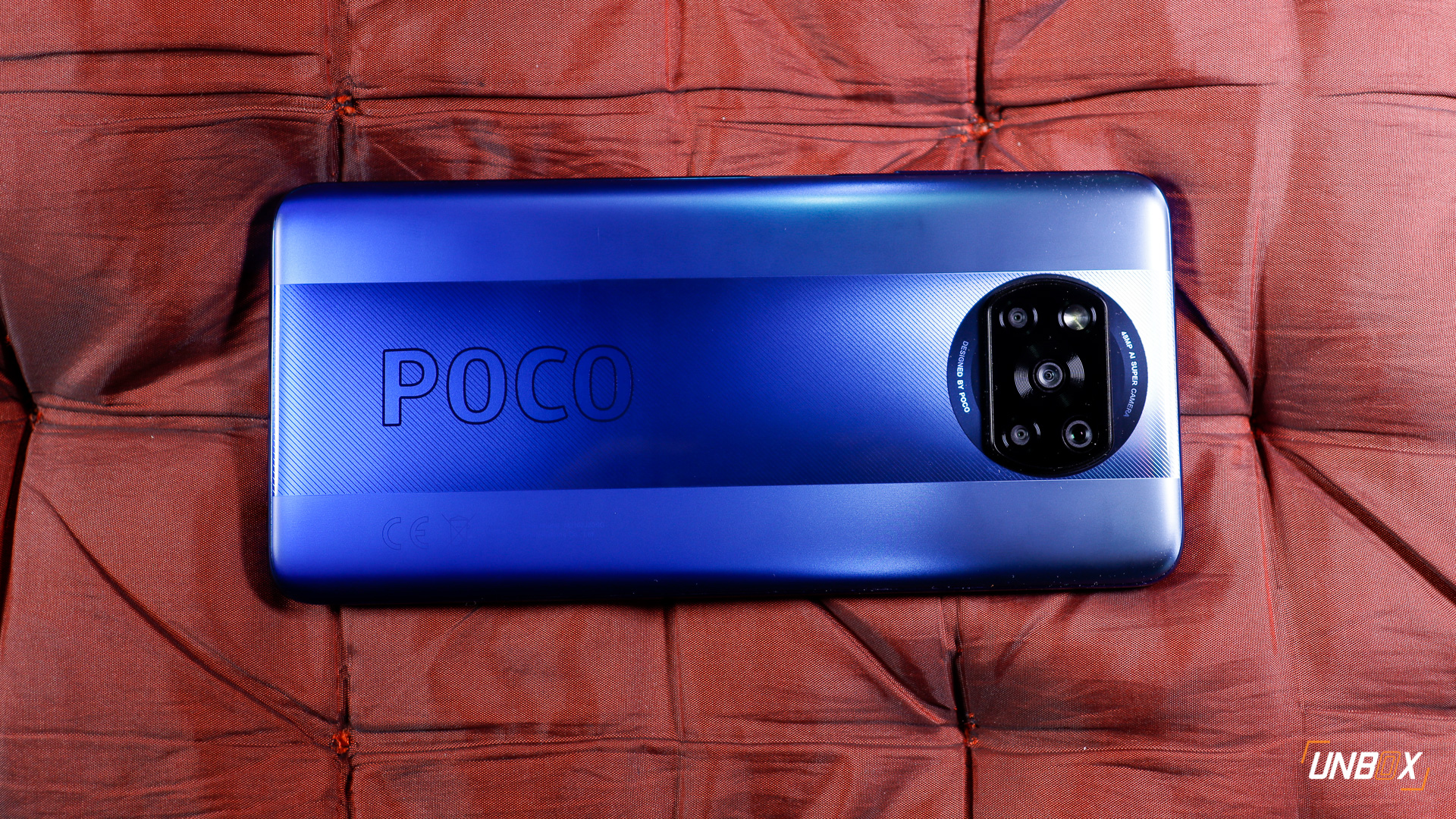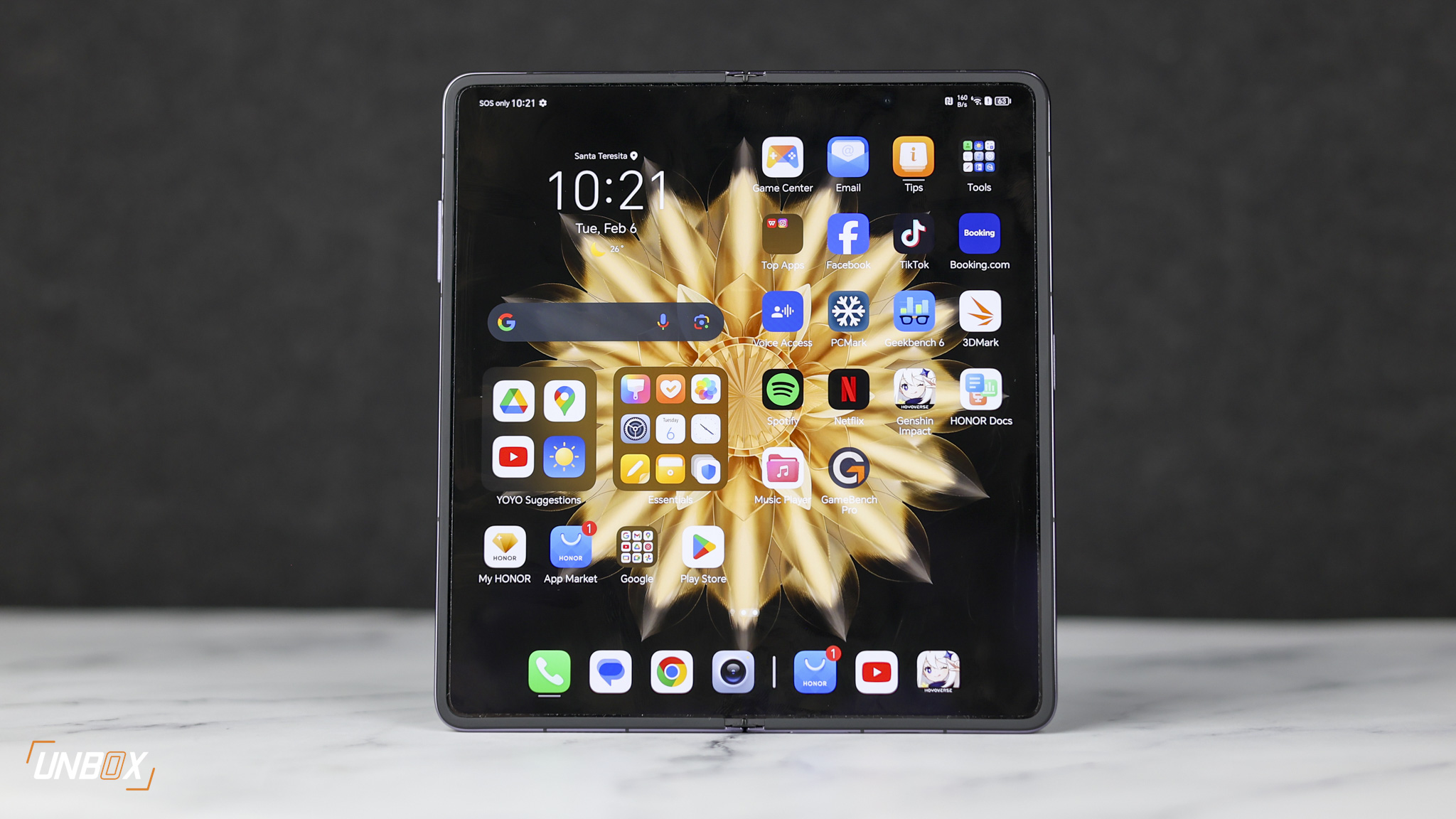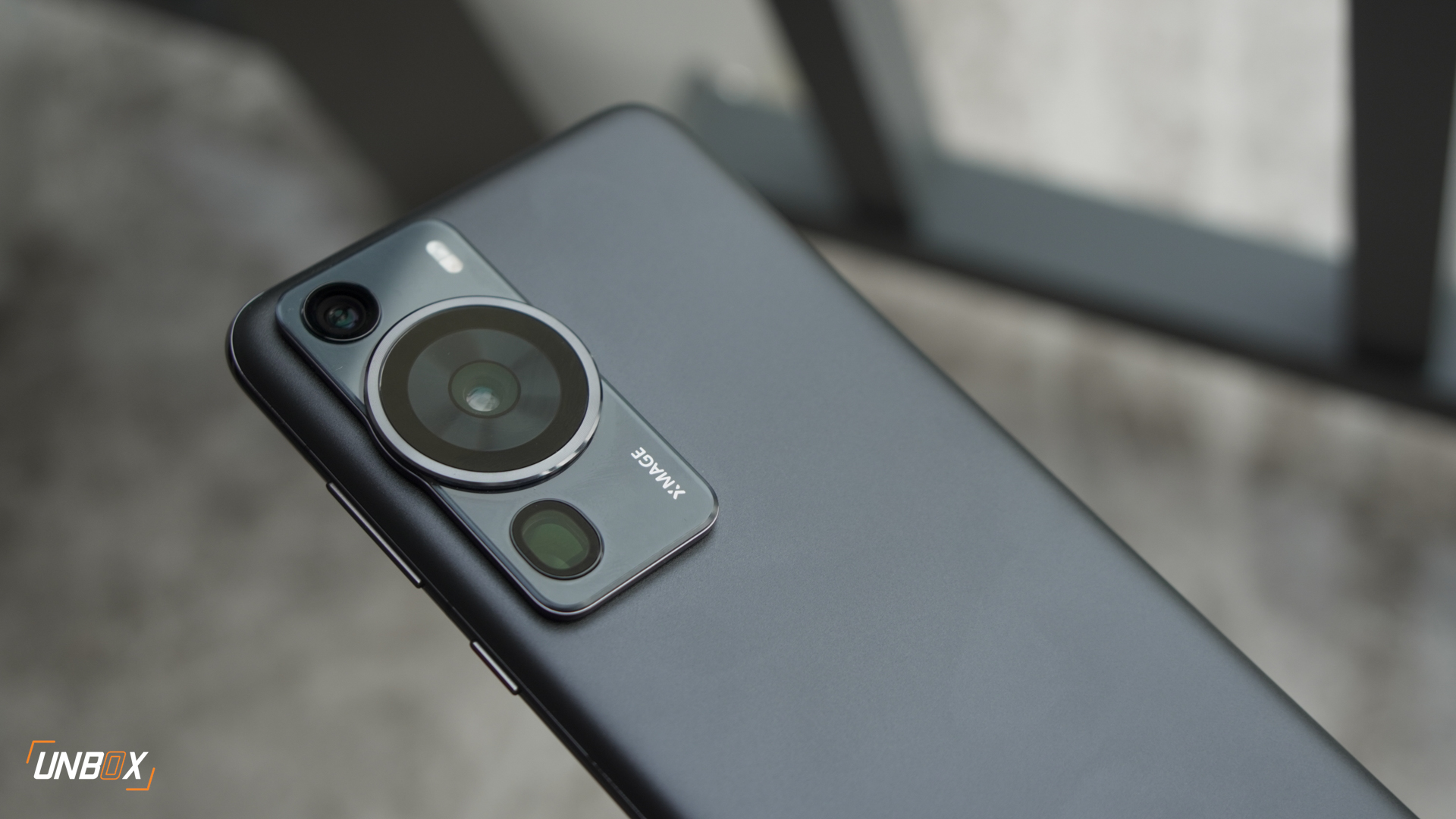Review Verdict: If you are looking for the very best, bang-for-the-buck gaming phone that won’t break the bank, then the POCO X3 Pro should be the phone for you. Despite retailing for under Php 13K in the Philippines, it comes with a flagship-grade Snapdragon 860 processor that absolutely slays everything else in its price category when it comes to raw performance. If that wasn’t enough, it also comes with a fast, 120Hz refresh rate, large 5160mAh battery, and 33w wired charging.
POCO X3 Pro Review Philippines Specs:
- Snapdragon 860 processor
- 6GB/8GB LPDDR4X RAM
- 128GB/256GB UFS 3.1 storage
- 6.67-inch Full HD+ IPS display, 120hz refresh rate, 240hz touch sampling rate
- 48-megapixel f/1.79 main camera with PDAF, 8-megapixel f/2.2 ultra-wide-angle camera, 2-megapixel f/2.4 macro camera, 2-megapixel f/2.4 depth sensor
- 20-megapixel selfie camera
- 4G
- WiFi 6, Bluetooth 5, side-mounted fingerprint scanner
- IP53 rating, stereo speakers, NFC
- 5160mAh battery
- 33w fast charging
- Android 11, MIUI 12
Pros
- Insanely powerful processor for its price
- High touch sampling (on top of a high refresh rate) great for competitive gaming
- The most powerful phone you can get in its price point
Cons
- Heats up easily
- 120Hz refresh rate eats up a lot of juice
Last year’s POCO X3 NFC was one of the best value-for-money phones you could buy, but it looks like POCO is serving up an even better deal than last year’s bang-for-the-buck champion. The POCO X3 Pro is one of the most affordable phones you can get nowadays with a flagship-grade, Snapdragon 860 processor, and despite a few compromises in the camera department, it’s easily one of the best phones you can buy in the Philippines right now.
Unboxing, packaging and contents
POCO keeps packaging for its products simple, and the X3 Pro is no exception. The phone comes in a simple black box with the POCO X3 Pro branding in yellow. Inside the box, you get a welcome card, which contains a message from Kevin Qiu, the head of POCO Global.
You also get a bunch of POCO stickers, a silicone case, documentation, SIM ejector tool, the phone itself, 33w wall charger, and a USB-C cable.
Design
Put the vanilla X3 NFC and X3 Pro side-by-side, and you can barely tell the difference—both phones share the same design all throughout. That includes the heavy, chunky build, a circular camera array housing four cameras, and a dual-tone finish with a bold POCO branding running through the middle. Utilizing a mix of matte and glossy textures, we like the fact that the X3 Pro’s polycarbonate back panel is a little more smudge-resistant than last year’s offering—though we still recommend using the included case to protect that huge camera bump.
The same goes for the display—though this time around, you get better protection via Corning’s Gorilla Glass 6 on the X3 Pro. Port and button layout remain the same: SIM card tray on the left side, power and volume buttons on the right side, IR blaster and speaker on top, and headphone jack, USB-C port, and loudspeaker at the bottom.
Display
Like the vanilla model, the X3 Pro gets a 6.67-inch IPS display that has a full HD+ Resolution, 120hz refresh rate, 240hz touch response rate, and a centrally-placed punch-hole for the 20-megapixel selfie snapper. Save for the Gorilla Glass upgrade, our overall impressions of the X3 Pro’s display are the same as the vanilla model: overall picture quality is decent for an IPS panel though it does struggle a bit when used outdoors.
Like the vanilla model, the X3 Pro’s 120hz refresh rate adjusts automatically based on the apps being run to preserve battery life. The same goes for the speakers, as the X3 Pro’s stereo speakers are not bad but not on the same audio quality as Xiaomi’s other phone models like the Mi 11 Lite 4G.
Cameras
The X3 Pro does get a slight downgrade in the camera department, as it gets a lower resolution 48-megapixel main camera and 8-megapixel ultra-wide-angle camera.
It’s not that bad either, as the main camera is an IMX 582—which is a tried-and-tested camera, and the ultra-wide-angle camera is basically the same module that Xiaomi often uses in most of its budget to mid-range phones.
In general, photos are good, and POCO is getting color balance consistent between the main and ultra-wide-angle cameras. The latter does suffer a loss in detail in low light, though that can be remedied by enabling Night mode–a plus for the X3 Pro especially since the vanilla model limits Night mode to the main camera.
For videos, the X3 Pro can also shoot 4K30 video, though it is better than the vanilla model as it also offers a Full HD 60FPS video recording option that has decent stabilization when shooting handheld.
As for selfies, the 20-megapixel snapper does a great job in keeping ourselves look flattering in our selfies.
Internals and Battery Life
The biggest upgrade on the X3 Pro is the internals, as you are getting a flagship-grade Snapdragon 860 processor that is paired with up to 256GB UFS 3.1 storage. Those two alone make it a big, big upgrade over the vanilla X3 NFC.
The Snapdragon 860 is essentially a refined version of the Snapdragon 855+ from 2019, and while it lacks 5G connectivity, it is very hard to find a phone with a flagship-grade processor for under Php 13k.
Looking at the benchmark figures, the Snapdragon 860 is just behind the Snapdragon 870—the processor found on the more premium POCO F3—and offers a vastly better overall performance compared to the Snapdragon 732G used on the vanilla X3.
When it comes to games, there’s no question that the X3 Pro can handle most AAA mobile games at the highest possible graphics settings. Based on data obtained using Gamebench, the X3 Pro can closely match the performance of the more expensive F3 Pro in Asphalt 9, PUBG Mobile, and Call of Duty Mobile, and trails behind with Genshin Impact.
However, like what we encountered with the POCO F3, the X3 Pro tends to heat up quickly after several minutes of gameplay when using the highest possible graphics settings. While this can lead to throttling through a prolonged period, this can be remedied by using a phone cooler or by playing in a climate-controlled environment.
As for battery life, the X3 Pro is a bit on the underwhelming side: we clocked in at around 10 hours in 120hz mode and a little over 12 hours in 60hz mode. That makes it less efficient than the vanilla model in our tests, but we guess that POCO can roll out an update to optimize the overall performance of the X3 Pro—as of this writing, it is the only phone to use a Snapdragon 860.
Topping up the large 5160mAh battery is fast with its included 33w charger, and we managed to charge it from flat to 100% in a little over an hour.
Wrap up and conclusions
POCO definitely strikes again, and our review of the X3 Pro in the Philippines shows that it is hard to question its raw processor performance at an under-Php 13k price point. Despite looking very similar to the vanilla X3 and having a slightly downgraded rear camera setup, the Snapdragon 860’s performance chops—paired with UFS 3.1 storage—make it an ideal phone for serious gaming. The X3 Pro’s thermals may not be ideal for long gameplay sessions (especially when you are pushing the internals to the limit), but that can be remedied by using a phone cooler.
POCO X3 Pro Review Philippines Price
The X3 Pro is priced at Php 15,990 for the 8GB/256GB model and Php 12,990 for the 6GB/128GB model, and both variants will be available exclusively on Shopee.


